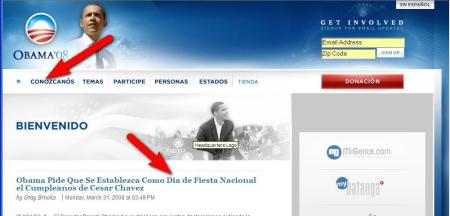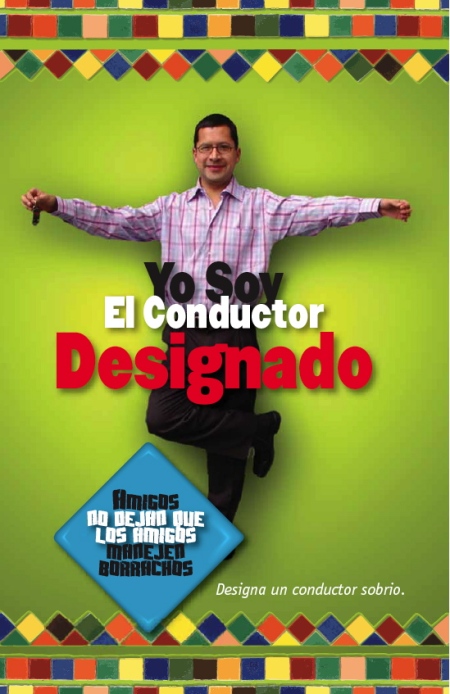One of John McCain’s final activities on his recent trip to Latin America could earn him thousands of Latino votes, or at least a new affinity from Hispanics: He visited the Basilica of our Lady of Guadalupe in Mexico City.
The Basilica de Guadalupe is Mexico’s most important religious sanctuary, and it ranks among the most important worship places in all of Latin America. The Basilica houses the original apron that was given to Juan Diego, an indigenous peasant, when the Virgin appeared before him in the 16th Century.
The Virgin of Guadalupe is the patroness saint of Mexico and the Americas; she is also referred to as the “Virgen Morena” (browned-skinned Virgin) and as the “Mother of all Mexicans.” Her image is worshiped with such devotion that almost every Catholic home in Mexico, or with Mexican roots in the U.S., has a picture, an altar or icon of the Virgen.
As Mexican novelist Carlos Fuentes (as cited on Wikipedia) observed, “One may no longer consider himself a Christian, but you cannot truly be considered a Mexican unless you believe in the Virgin of Guadalupe.” Echoing that sentiment, Nobel laureate Octavio Paz (as cited on Wikipedia) said, “The Mexican people, after more than two centuries of experiments, have faith only in the Virgin of Guadalupe and the National Lottery.”
When in trouble, Mexican Catholics pray for la Virgen to intercede on their behalf, and when a miracle or “favor” is granted, the recipient offers a sacrifice or a gift to thank her. A common gesture to thank the Virgen is to make a pilgrimage to the Basilica, particularly around December 12, the day her feast is celebrated.
For Latino immigrants, the Virgen de Guadalupe represents an icon that gives them hope and helps them maintain their faith while facing problems. In fact, it is common to see the image of the Virgen carried by faithful participants during immigration reform rallies and events.
Historical Significance
The image of the Virgen de Guadalupe has been present during critical events in Mexican history. During Mexico’s Independence War from Spain in 1810, Miguel Hidalgo y Costilla, known as the “Father of the Nation,” initiated and fought with a flag of la Virgen in his hand. During Mexico’s civil war a century later, Emiliano Zapata and his peasant army fought the dictatorship of Porfirio Díaz using a banner of the Virgen as their flag.
In the modern era, then-candidate Vicente Fox began his presidential bid carrying a flag of the Virgen de Guadalupe that was given to him by his children; his victory ended the PRI’s more than 70-year political reign in Mexico.
McCain
For candidate John McCain, visiting the Basilica and getting a picture taken next to the Virgen could be a powerful tool to attract the votes of Latinos, especially those older immigrants and those with low-literacy levels as they would perceive him as a candidate who relates to them and pays respect to one of the most sacred elements in their lives. As far as political icons go, this one could work miracles.
Picture Source: EFE




 Posted by nmarketing
Posted by nmarketing 










